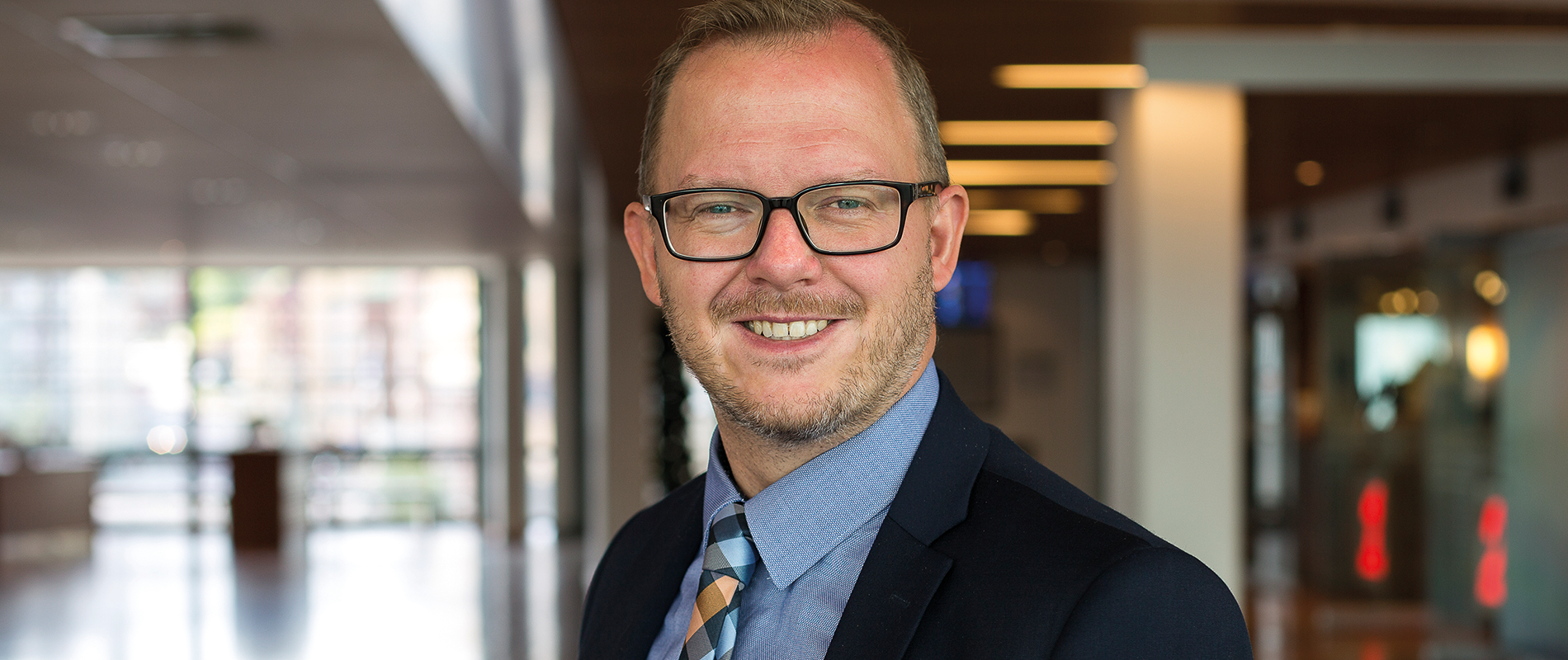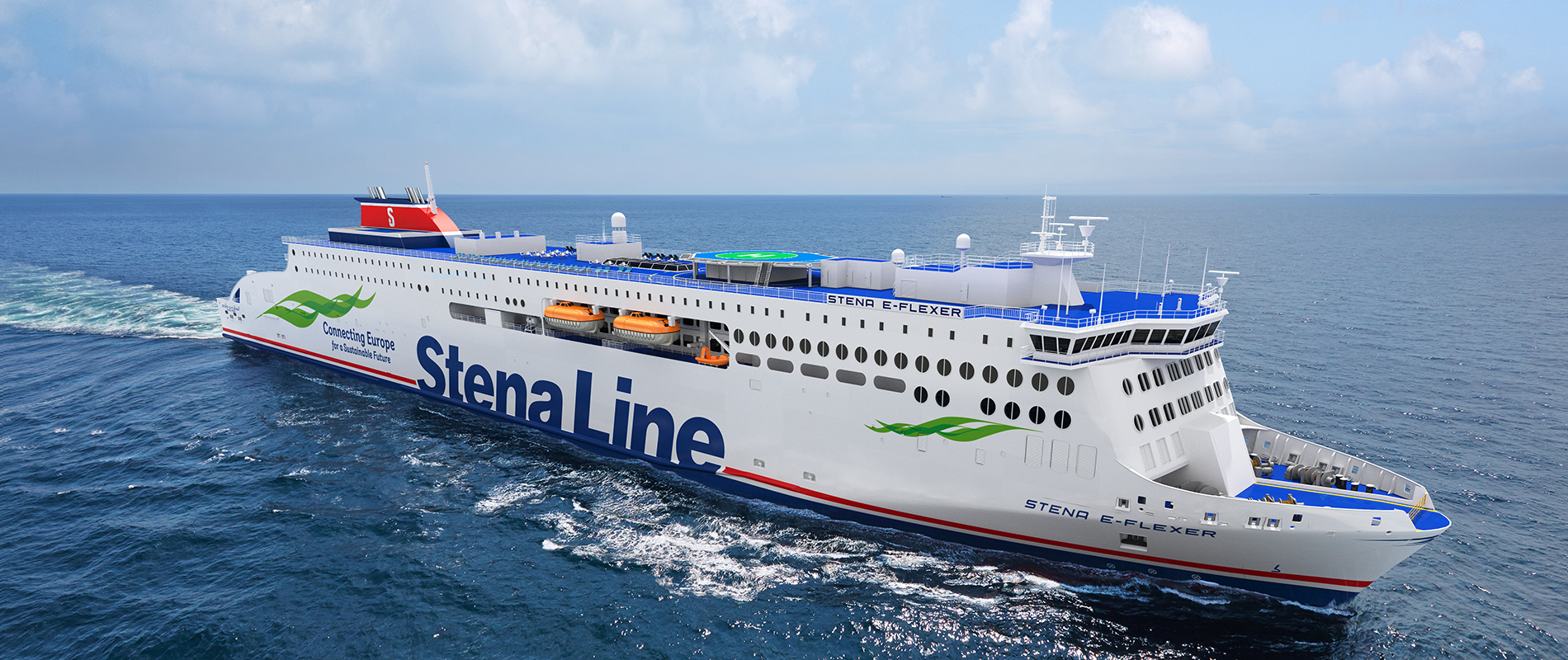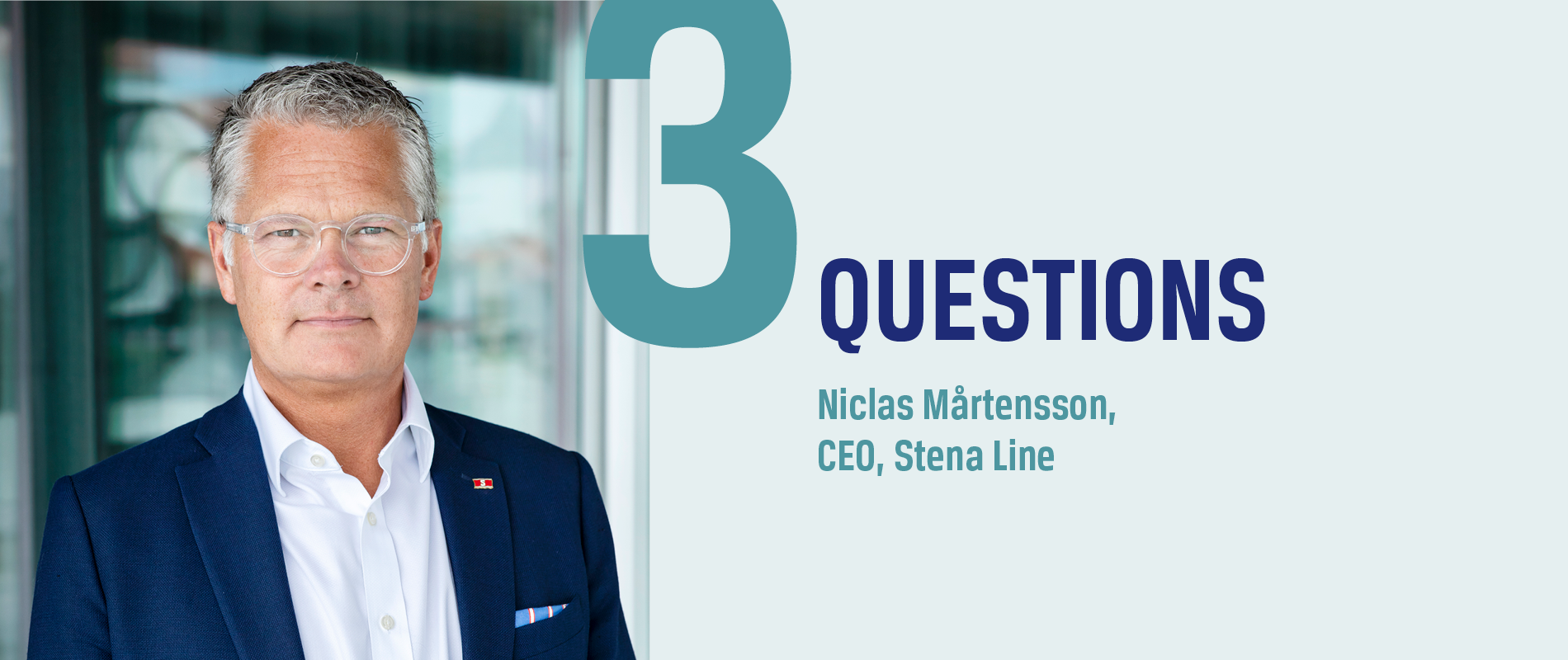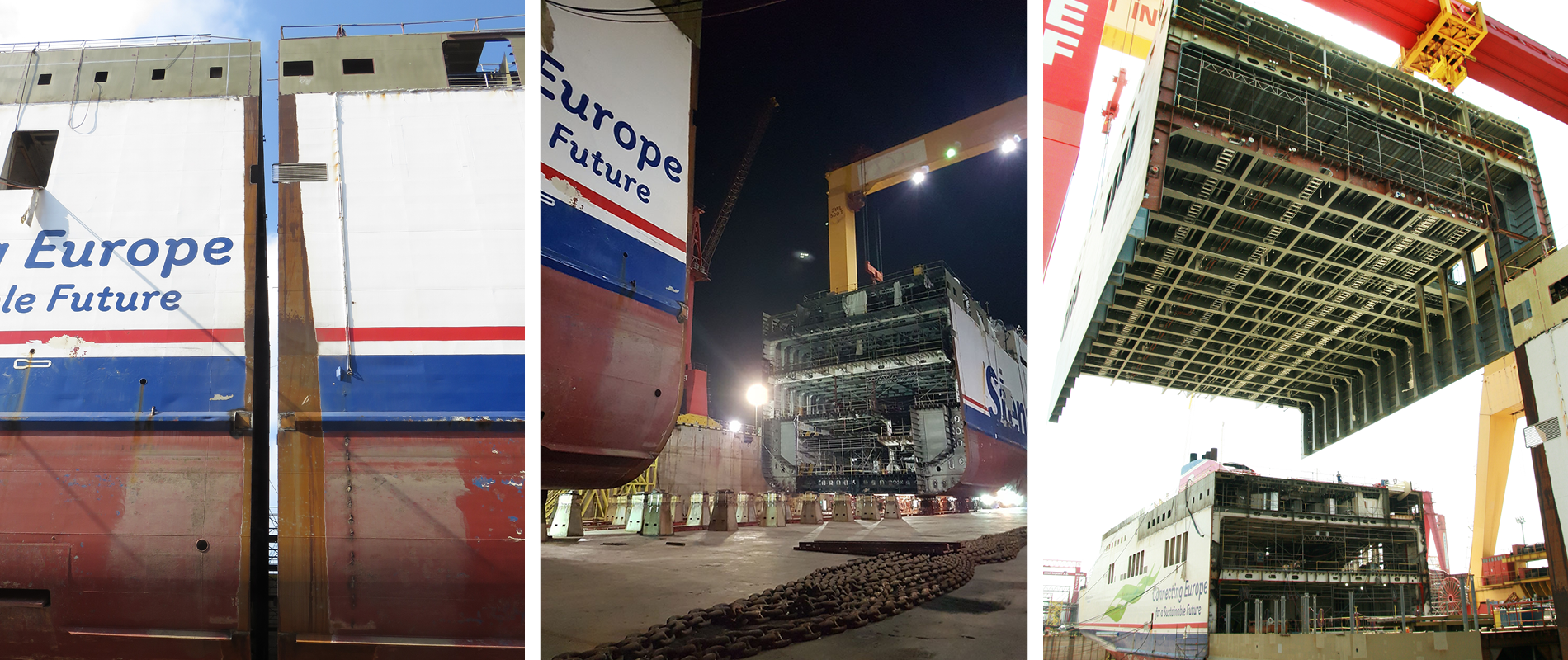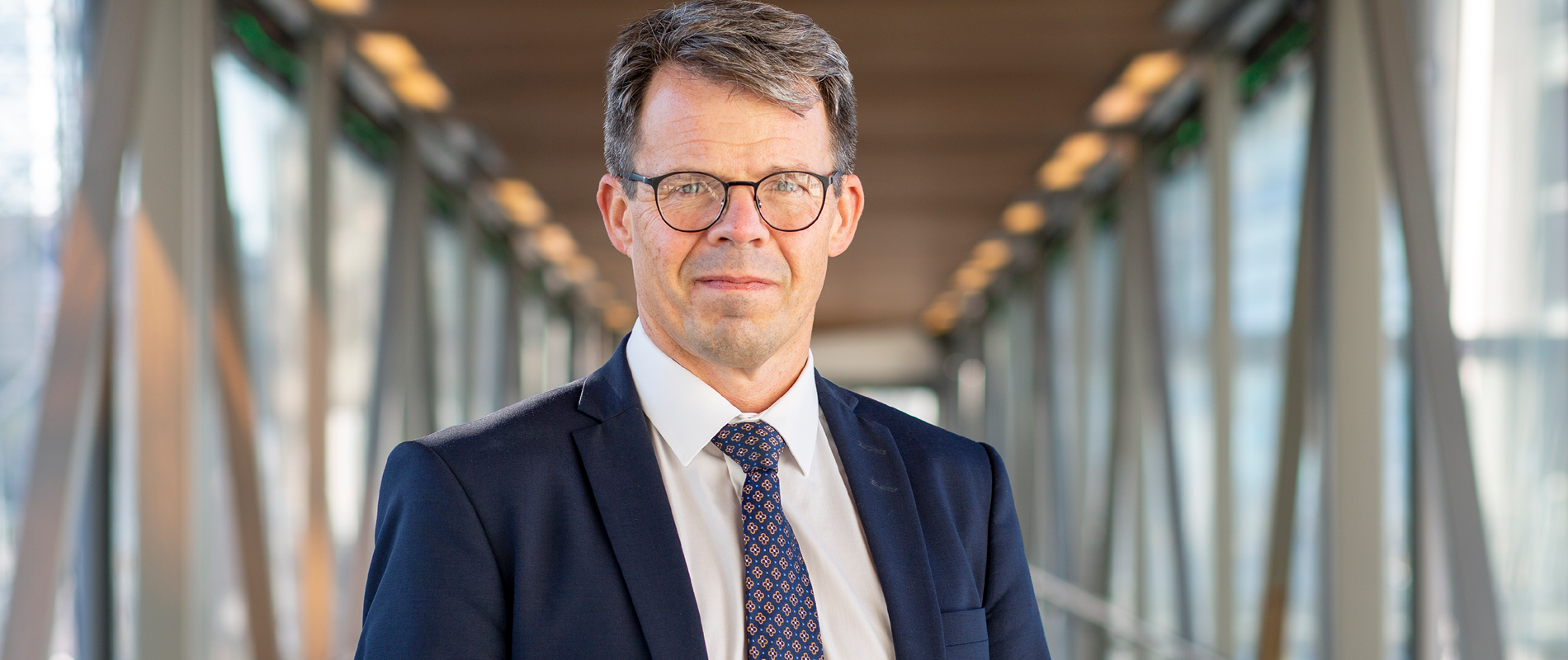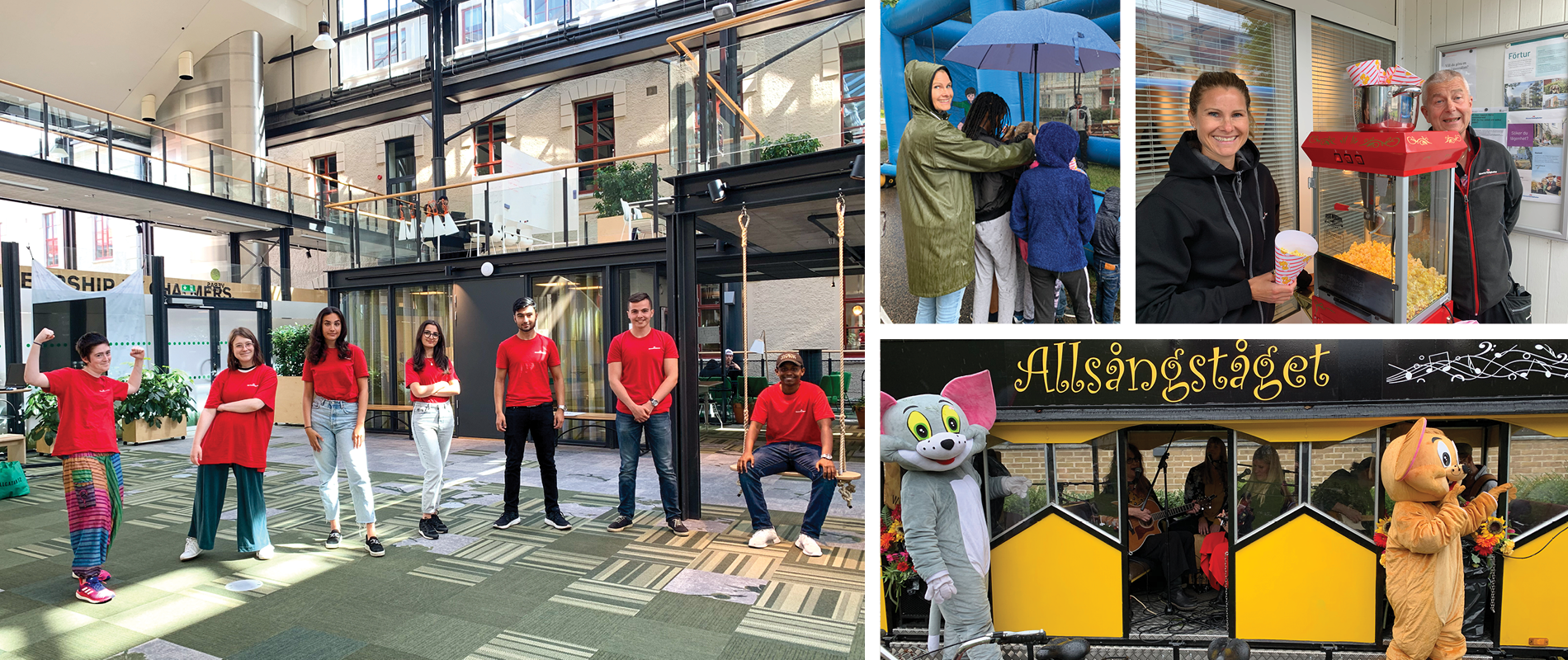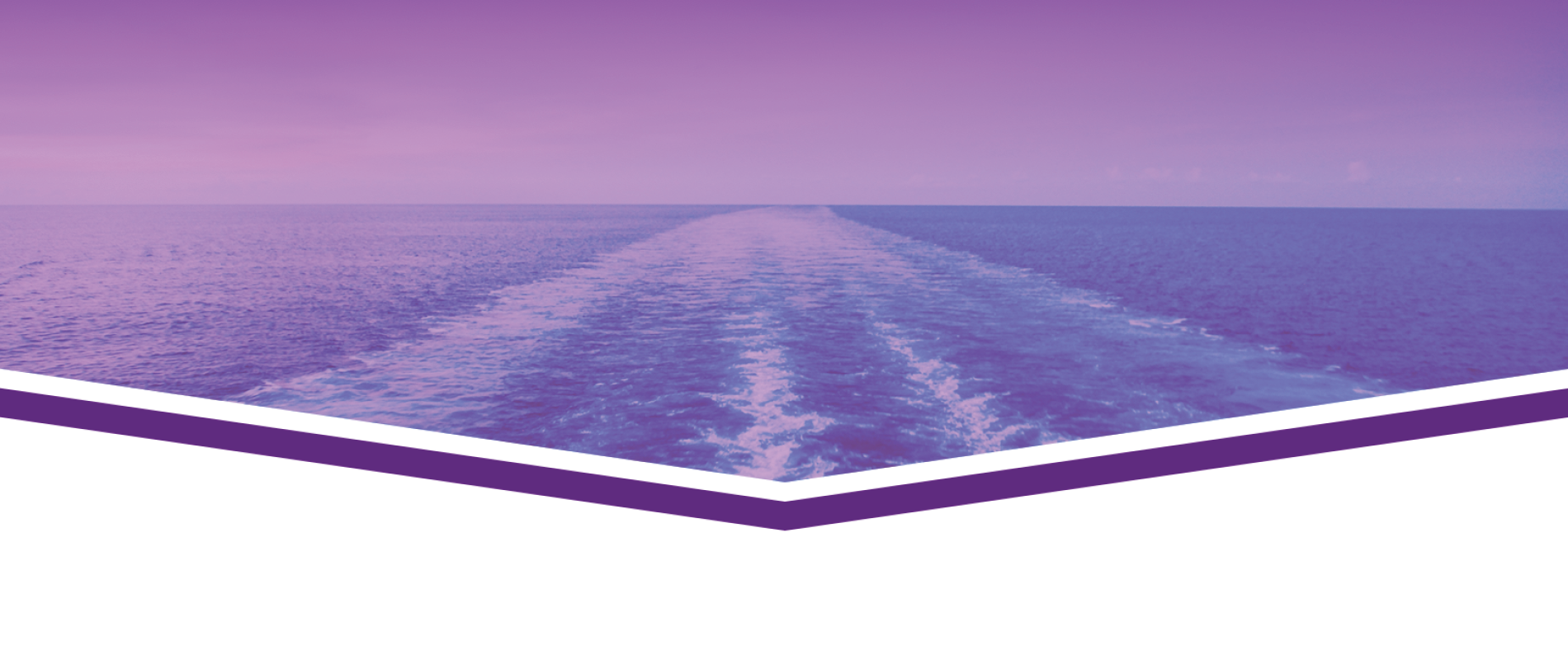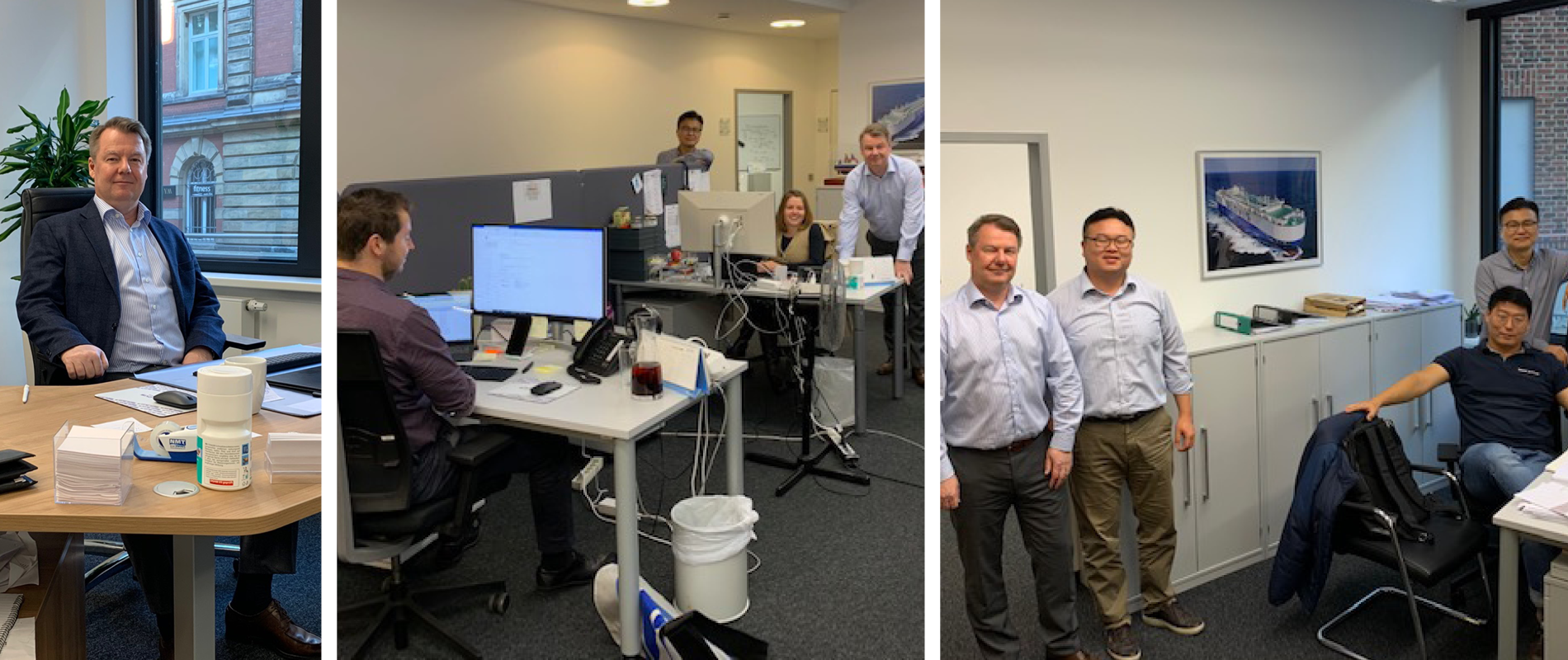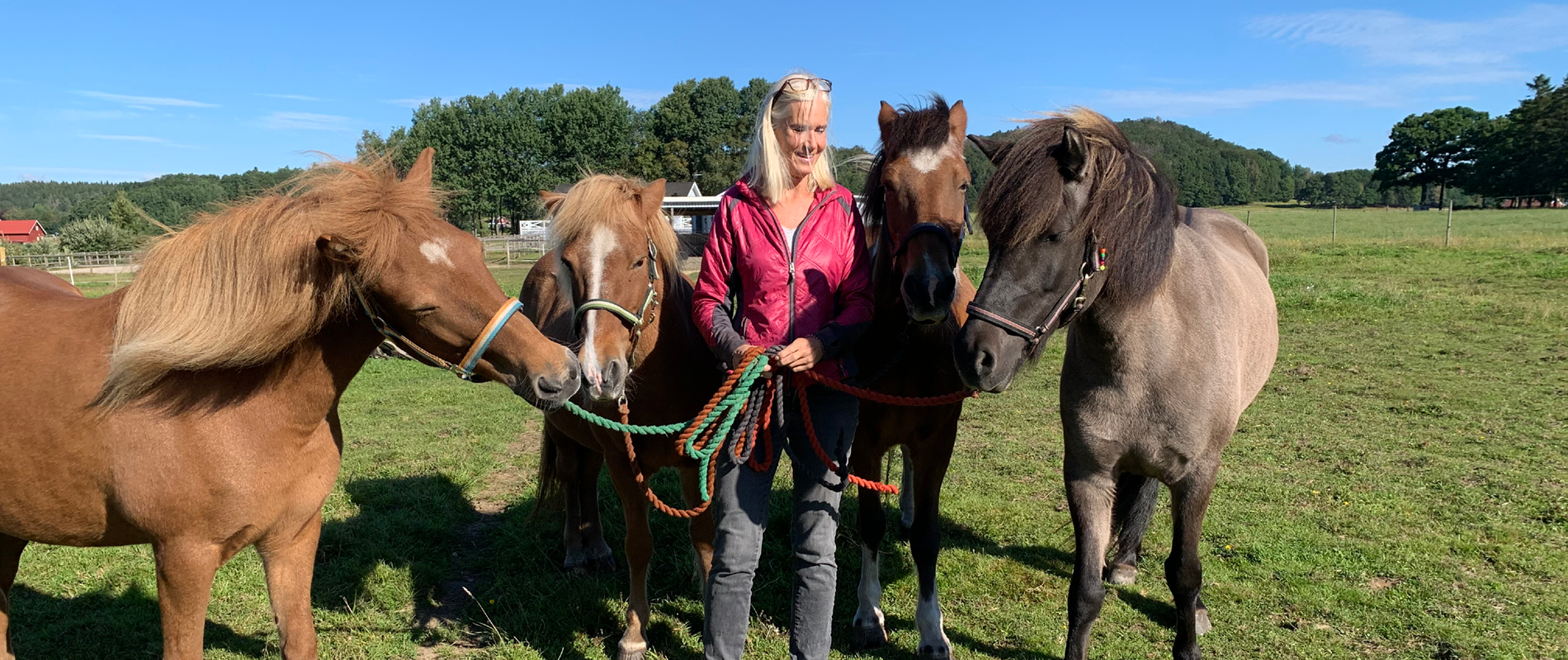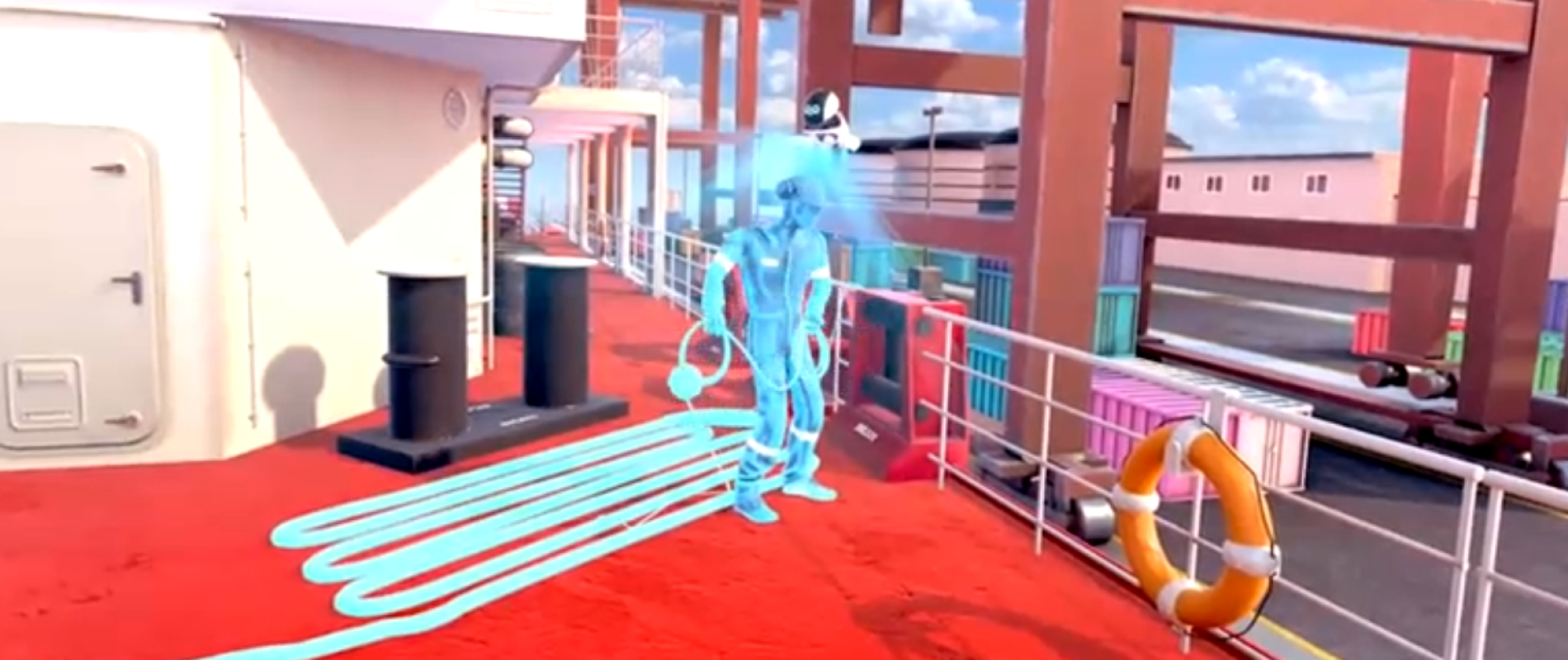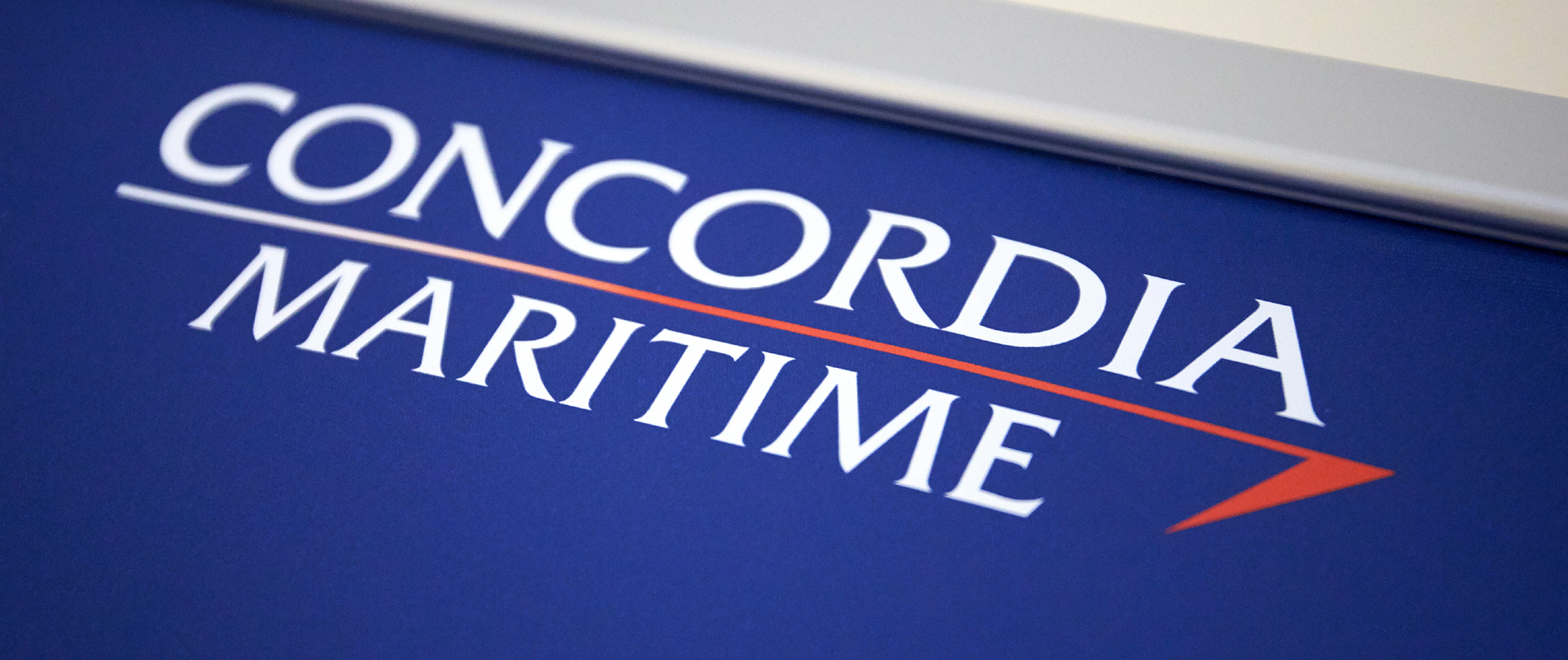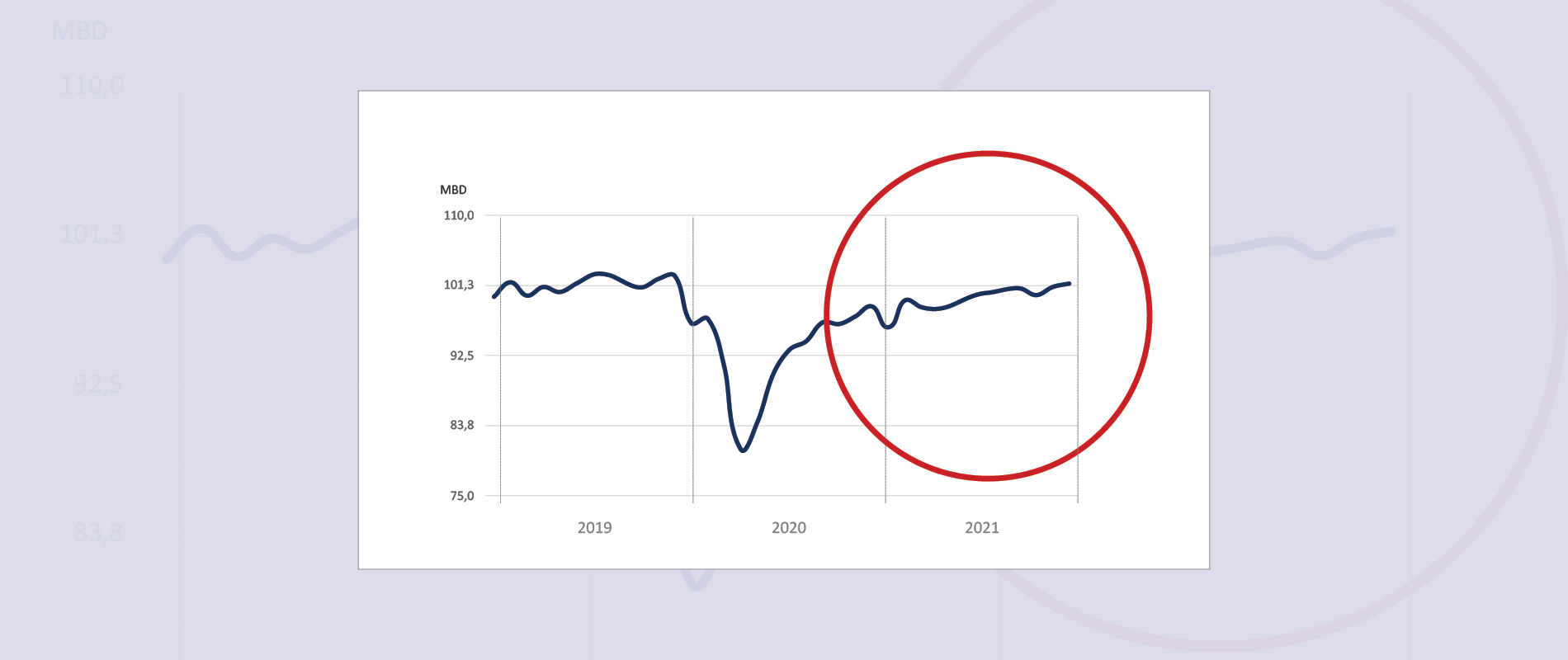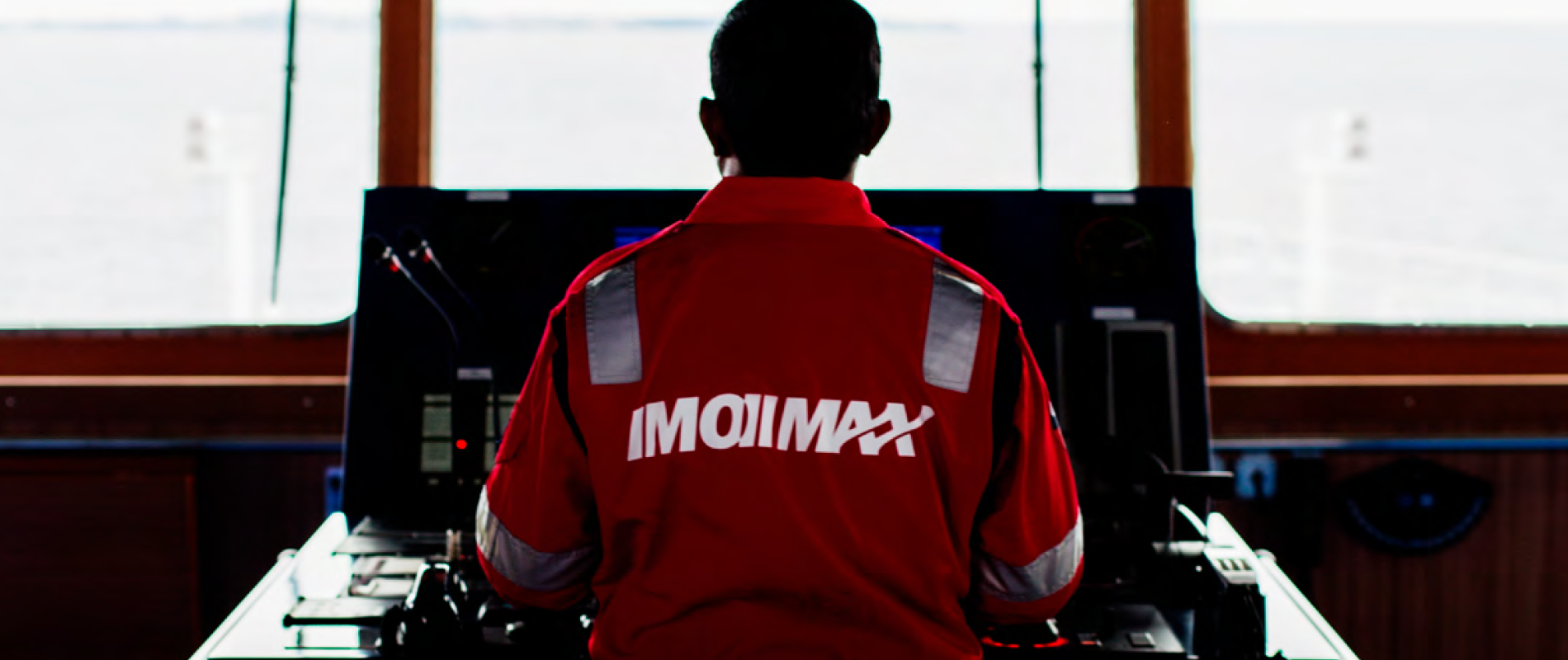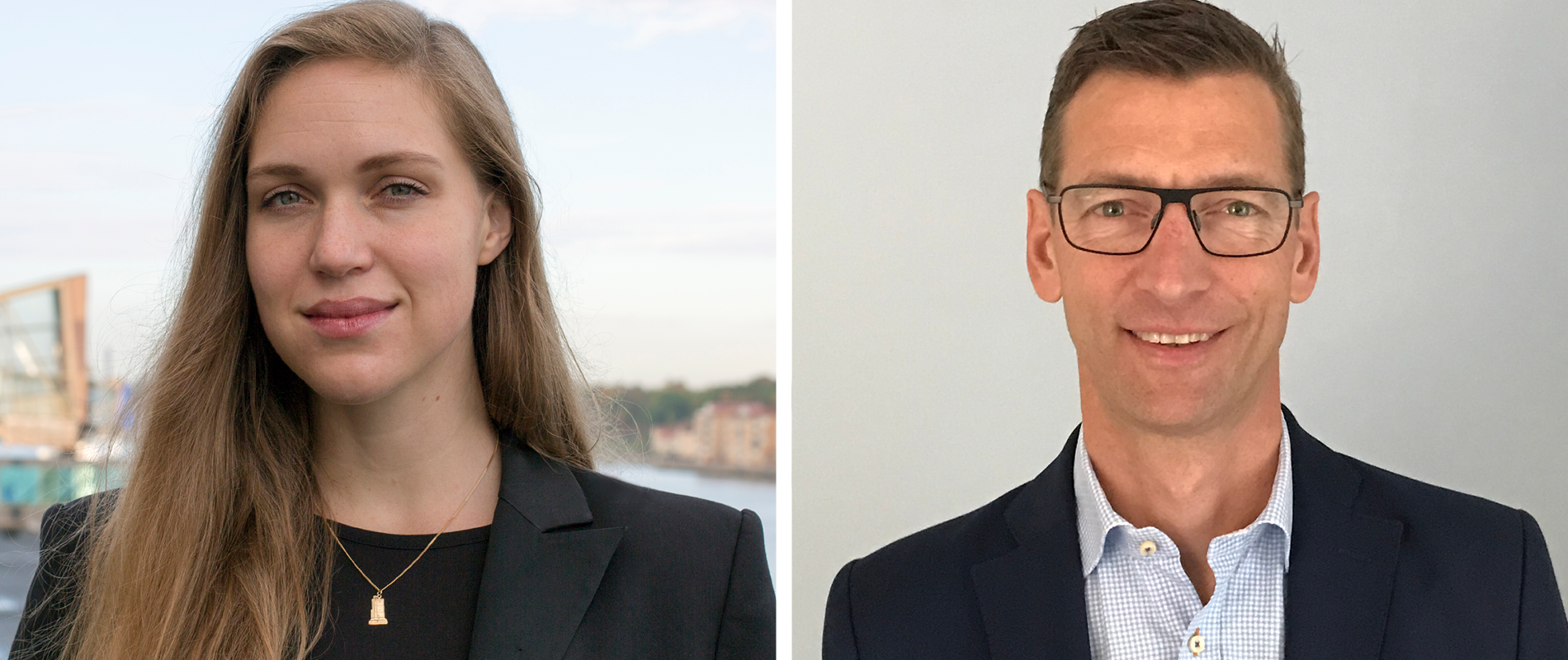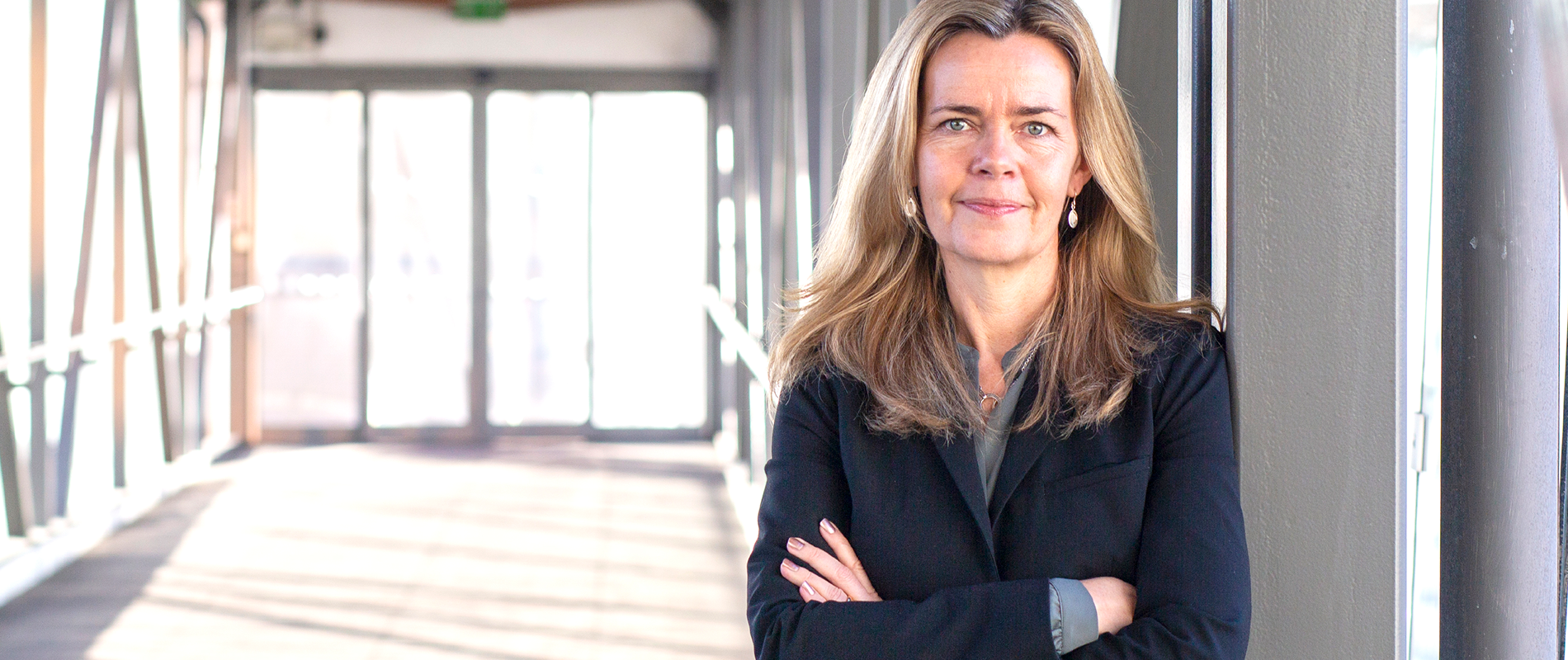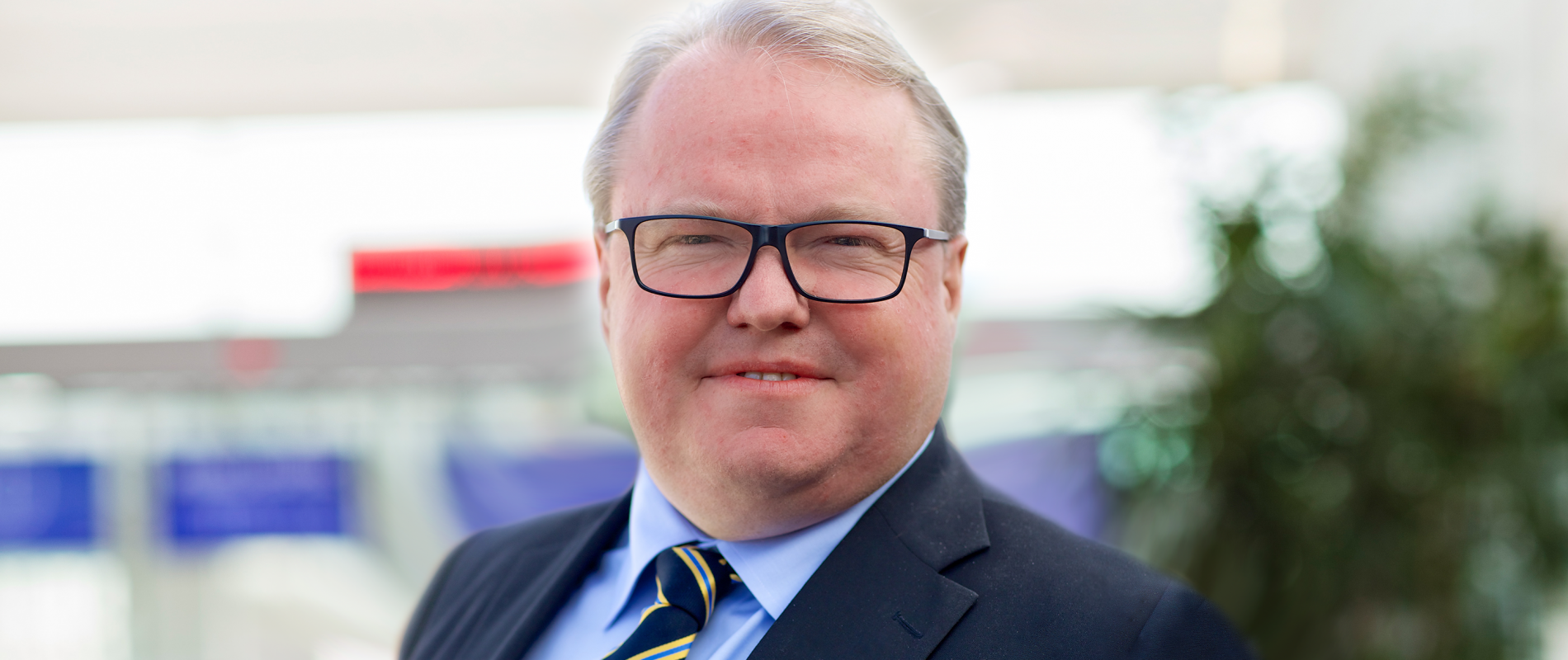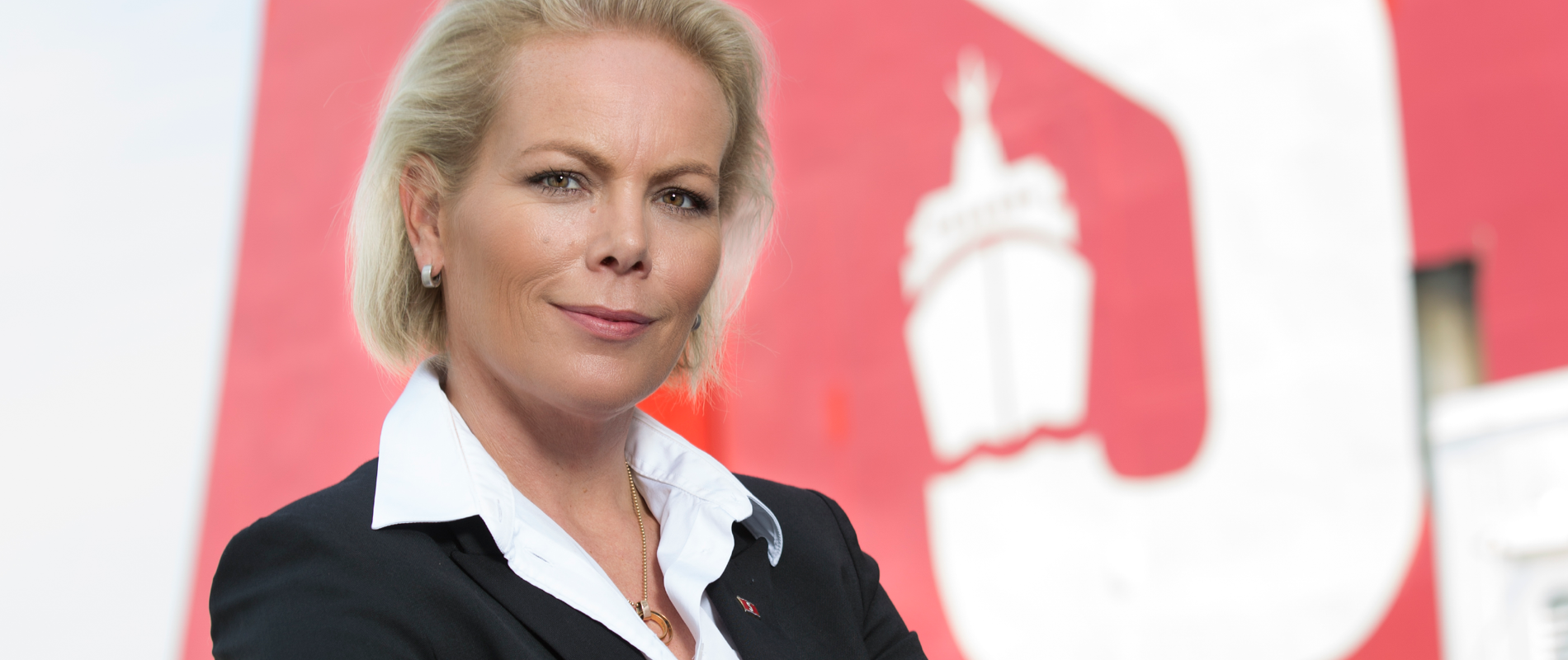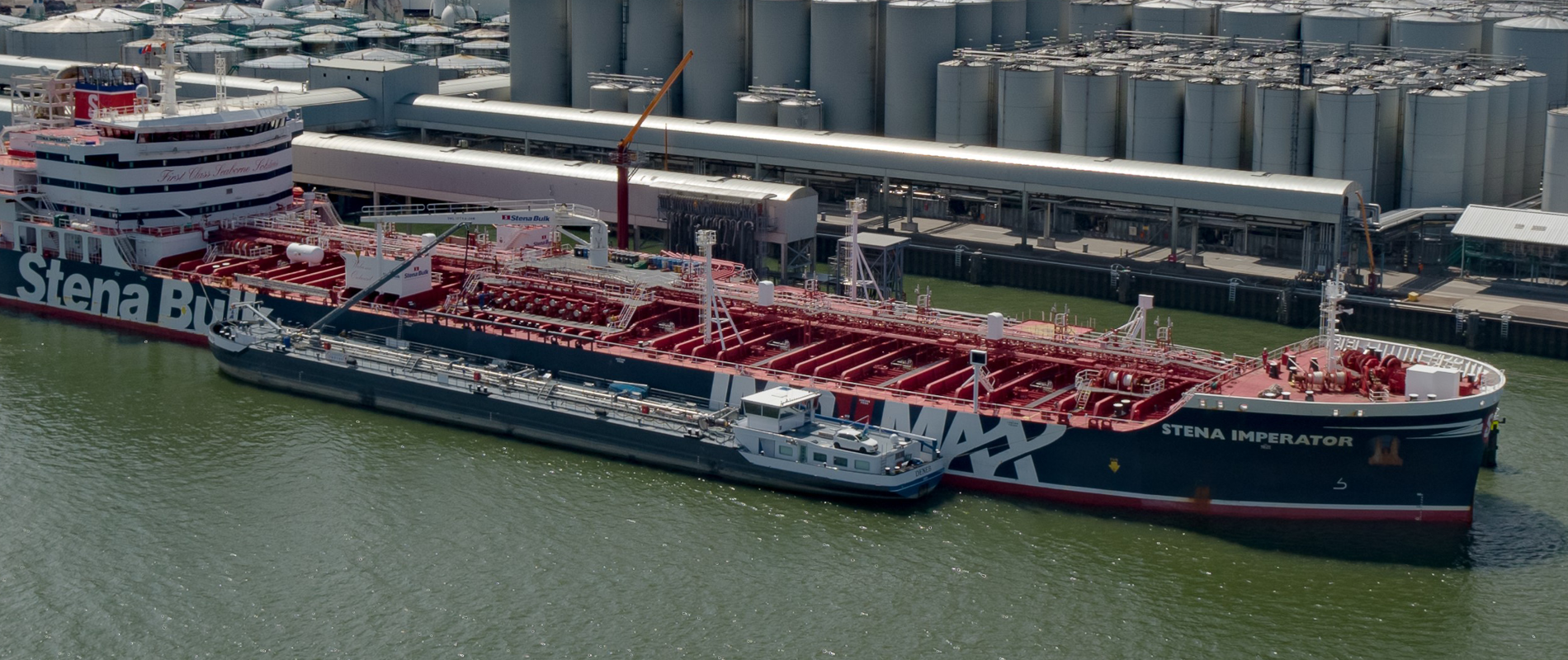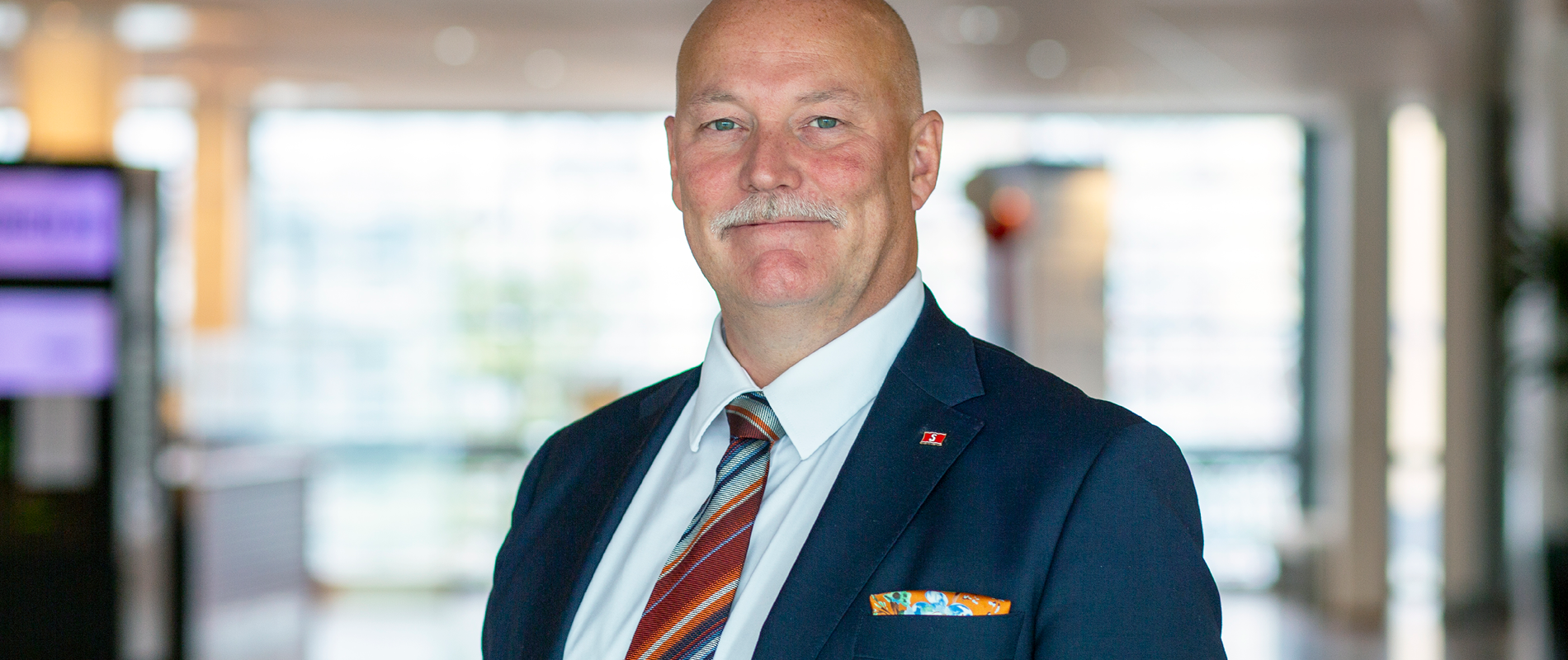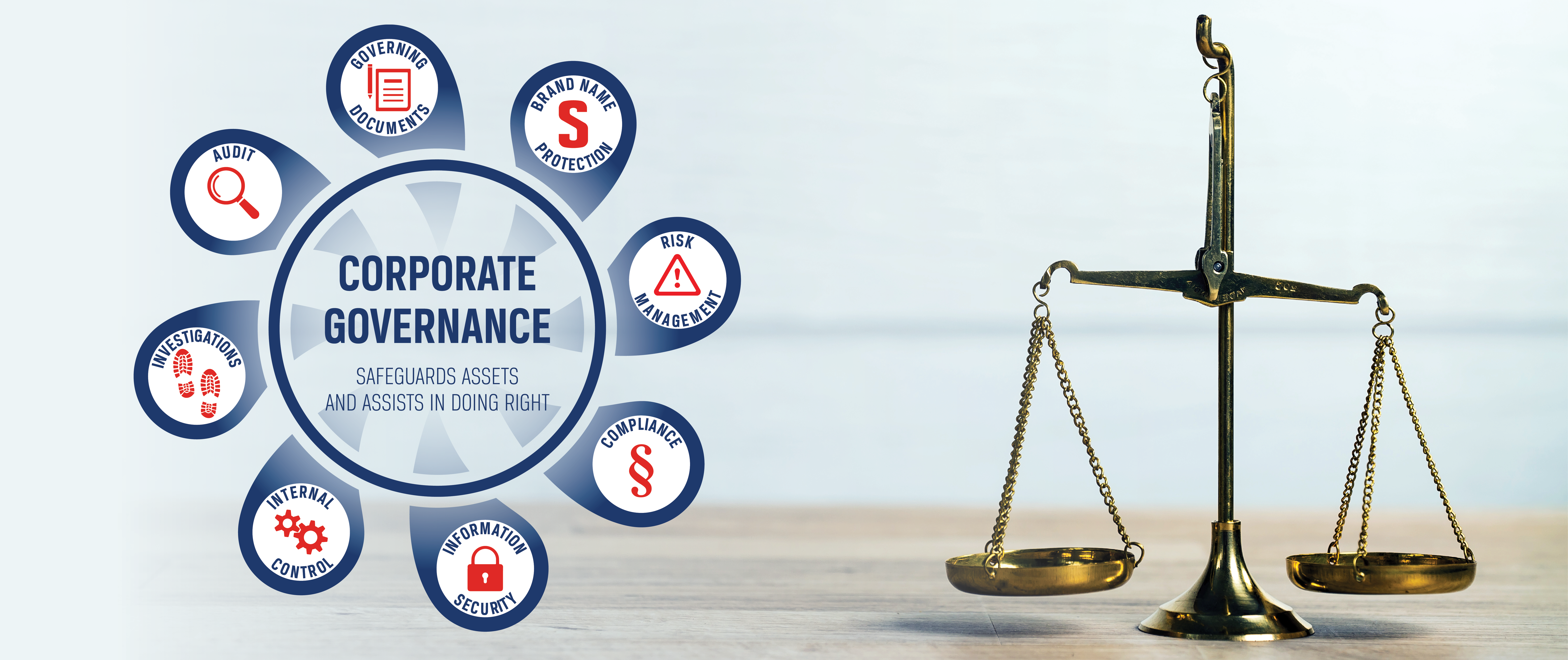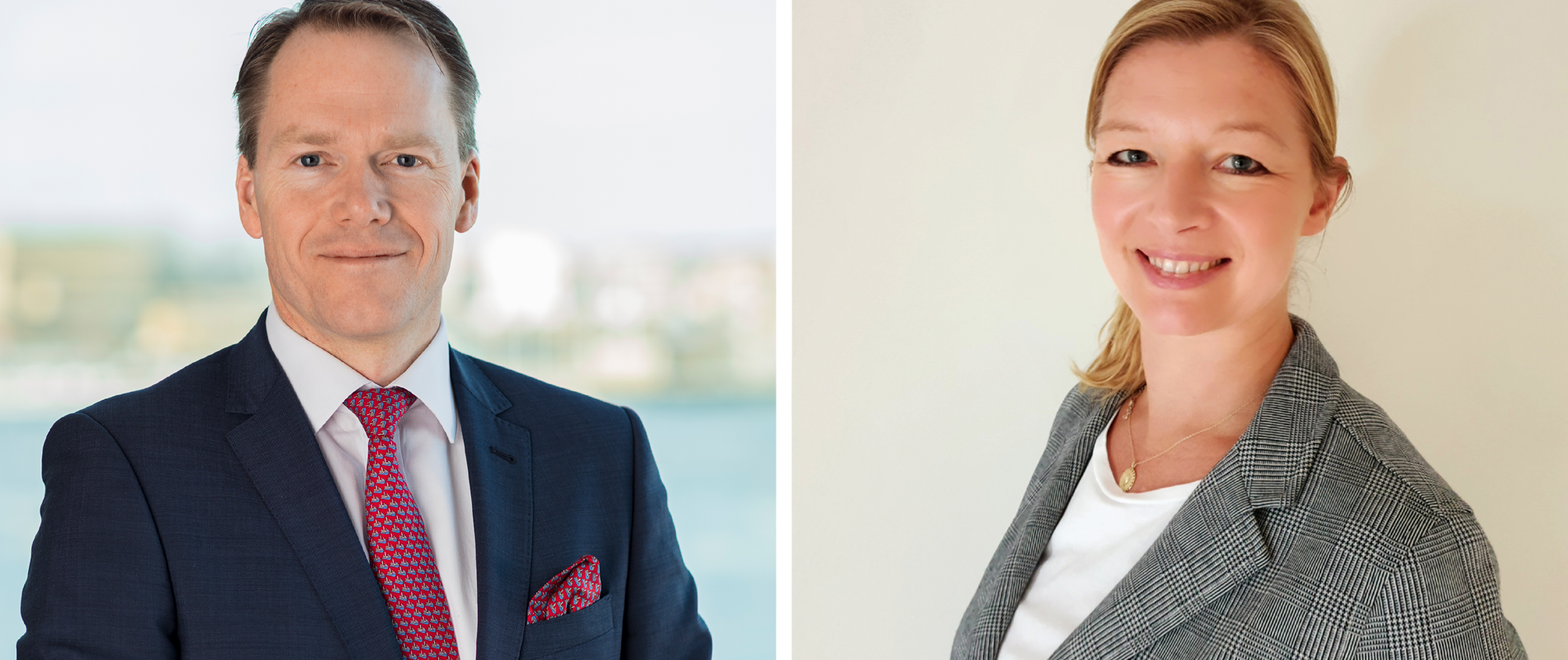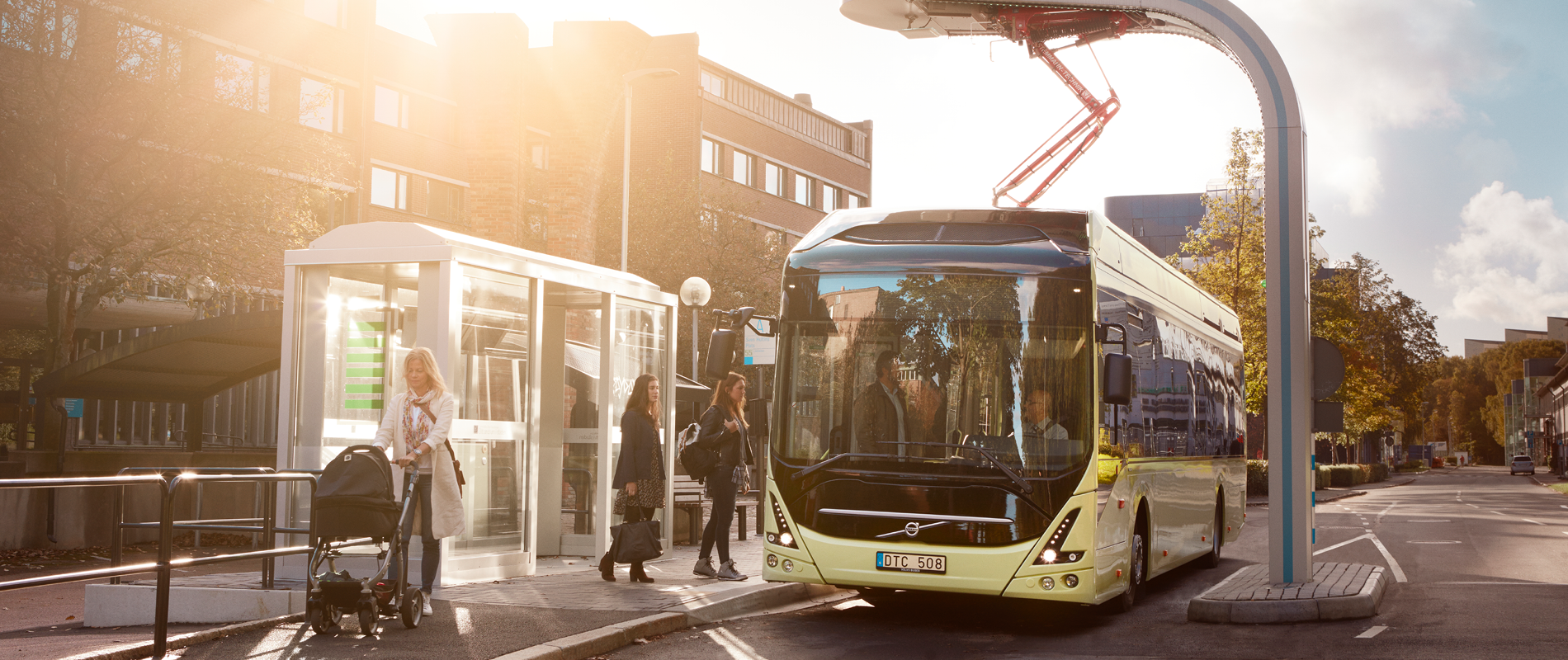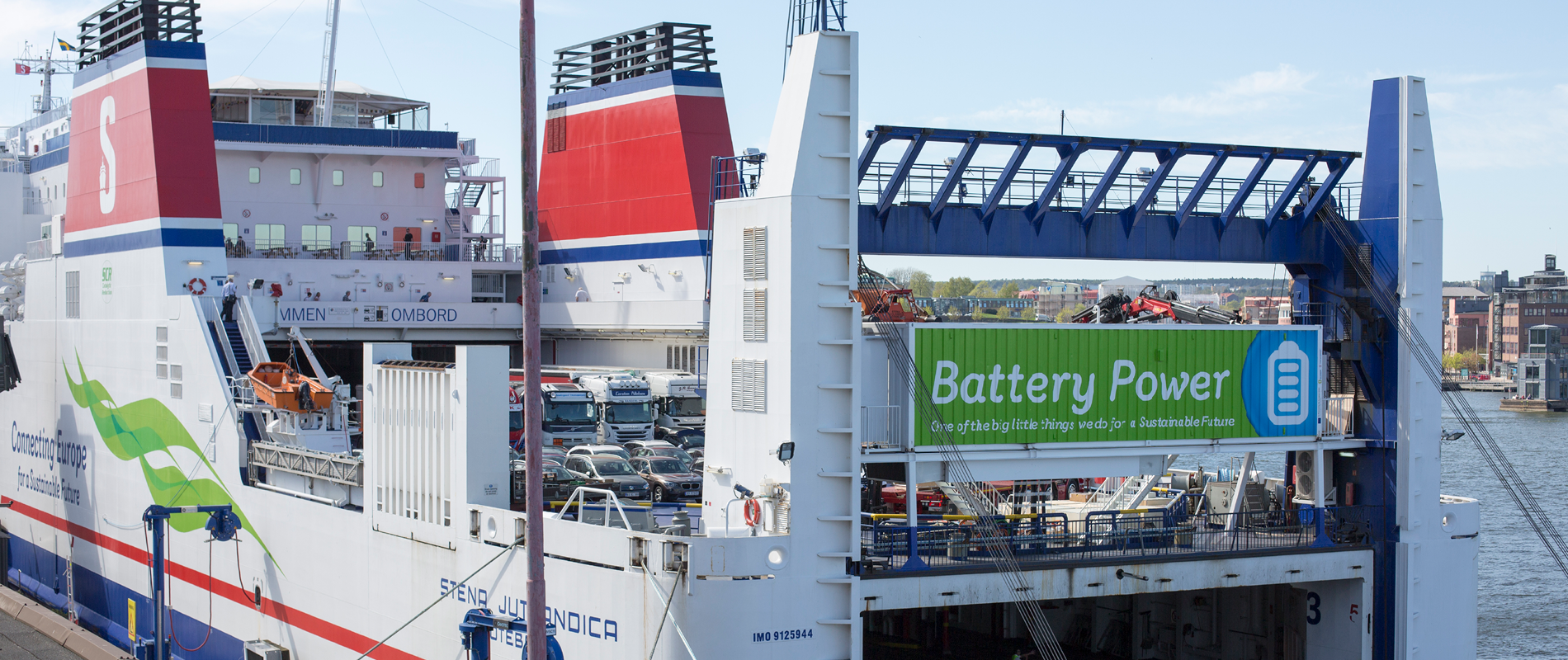Dan Sten Olsson - October 2020
THE CORONA PANDEMIC MEANS CHANGE
Everything has changed or is about to change with the Corona virus. It is more true this time than many times before.
At Stena we can be proud of fast and decisive crisis handling in all sectors but specifically in our ferries and offshore drilling sectors.
It is impressive how we have been able to cut costs versus, what we thought was lean before.
We have been well-served by being a diversified group across a few industries during this crisis. Financially it would have been very difficult to survive, if we had only had one leg to support ourselves. It is not about being in all the “right” sectors – but aiming to be the best in the sectors, we are active in.
Speed of digitalization has accelerated. Thank God we are so active in this field. Now we need to speed up our efforts to develop digitalization even more.
This will certainly mean change to our business models. Gauging risks is important in doing this. What ambition levels are needed for us now and in the future?
Working from home has served us amazingly well. Never-theless innovation is taking a negative hit. Planned work is doing fine, but ideas coming by chance are fewer, when people do not chat at random with each other. New ways of working with a mixture of being at the office and at home could attract new talents to enroll with different Stena teams. This could sharpen our communication and capacities in the long term.
– Being ready for anything was one of our ambitions for this year. When the danger was clearly written on the wall, we were quite fast to define what could happen and act. Nevertheless we did not have an early warning system and no ready made plans. Should we not have that? Another challenge is:
– How to understand the reality of the big long term gradual shifts that are taking place right now and how to accommodate to them.
I am thinking of sustainability issues, future fuels and energy saving. Other issues: As automation and digitalization keep on running, we as employees need to educate our cognitive skills even more. Social and emotional skills continue to be even more in demand. Technological skills and understanding thereof will drive development of society substantially more regardless of our liking or not.
Unemployment rate will probably hit 12% in many countries before the end of this year. It will hit young people in particular.
Having spent twenty weeks isolated with my wife in our summer house I have had the opportunity though to learn
- How much we shall be happy about.
- How important it is to have the right values and priorities.
- The importance of understanding the difference between need and want.
Family relationships are now strengthened for many, but unfortunately more strained for others.
At Stena Property we have therefore this year employed 360 young people during the past summer to help us maintaining our premises and perform other jobs related to serving our tenants. Subcontractors performing maintenance and new construction have also been obliged to employ people living in our premises.
Trust is the most important asset for a progressive society. There has been a calm summer in most of our residential areas. It has not been quiet though. A lot of positive joint outdoor activities have taken place launched both by our tenants and employees creating bonds for now and the future.
As the Covid 19 virus does not seem to disappear social resurgence in the form of new habits after social distancing will be demanding and important.
Social responsibility will demand more care and new perspectives.
Thanks to governmental interference, society in general and Stena in particular are surviving. To be critical of government is important. To be humble to the tasks of government and our institutions remains a must.
To say the future is exciting needs a lot of courage. Never-theless Stena as a company and we as people are used to being courageous.
So in short
Let us continue to deserve our place among contributing people and organizations.
Dan Sten Olsson
Gothenburg 26 September 2020



